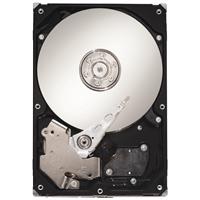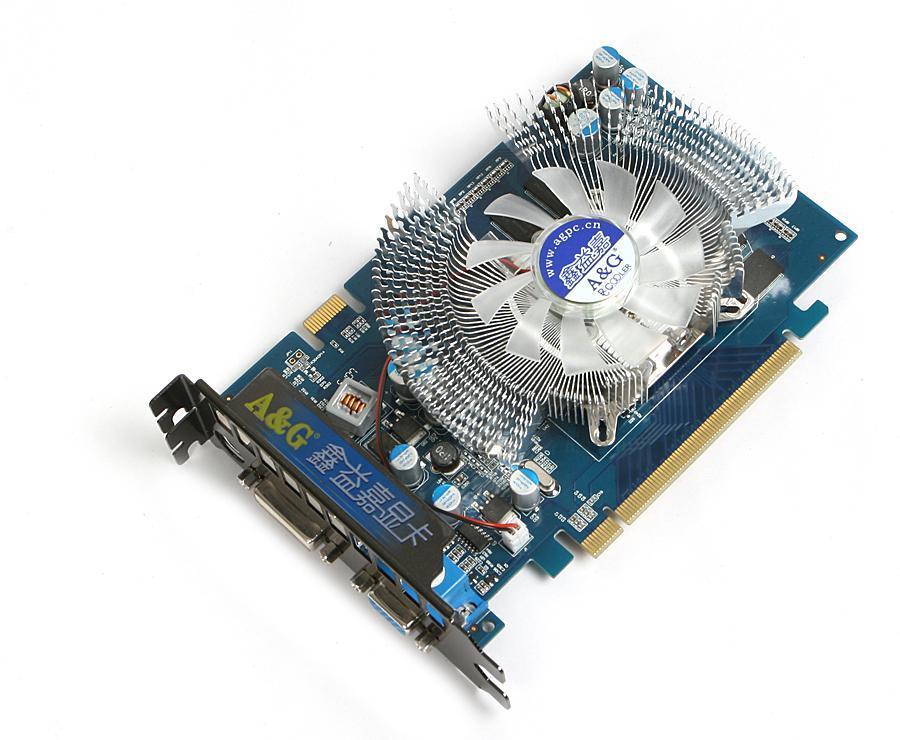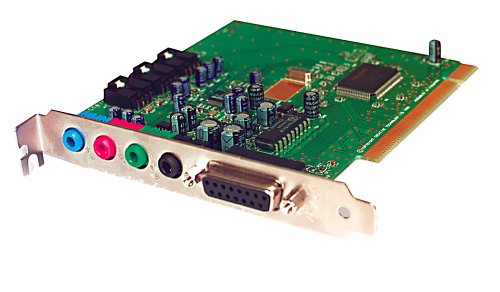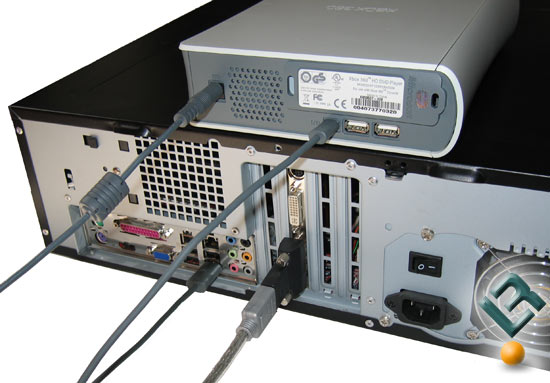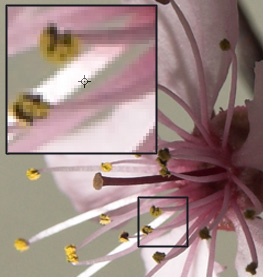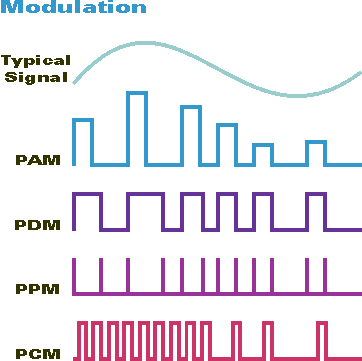
Modulation is the process where a Radio Frequency or Light Wave's amplitude, frequency, or phase is changed in order to transmit intelligence. The characteristics of the carrier wave are instantaneously varied by another "modulating" waveform.
Demodulation

The process of separating the original information or signal from the modulated carrier. In the case of amplitude or frequency modulation it involves a device, called a demodulator or detector, which produces a signal corresponding to the instantaneous changes in amplitude or frequency, respectively. This signal corresponds to the original modulating signal. In radio transmission this process is a major function of a receiver, in order to retrieve the desired signal.
Bandwidth

In computer networking and computer science, bandwidth, network bandwidth, data bandwidth, or digital bandwidth is a bit rate measure of available or consumed data communication resources expressed in bits/second or multiples of it. Bandwidth refers to analog signal bandwidth measured in hertz. Some computer networking authors prefer less ambiguous terms such as bit rate, channel capacity and throughput rather than bandwidth in bit/s, to avoid this confusion.
TCP/IP

TCP/IP the suite of communications protocols used to connect hosts on the Internet. TCP/IP uses several protocols, the two main ones being TCP and IP. The transmission control protocol assembles the file into smaller packets to be transmitted over the internet. Whereas the internet protocol handles the address part of each packet so it reaches the correct destination.
Node

In a network, a node is a connection point, either a redistribution point or an end point for data transmissions. In general, a node has programmed or engineered capability to recognize and process or forward transmissions to other nodes.
Client

A client is an application or system that accesses a remote service on another computer system, known as a server, by way of a network. The term was first applied to devices that were not capable of running their own stand-alone programs, but could interact with remote computers via a network. In personal computers and computer workstations, the difference between client and server operating system is often just a matter of marketing.
Server

In information technology, a server is a computer program that provides services to other computer programs (and their users) in the same or other computers. In the client/server programming model, a server is a program that awaits and fulfills requests from client programs in the same or other computers. A given application in a computer may function as a client with requests for services from other programs and also as a server of requests from other programs.
Network Operating Systems

A network operating system (NOS) is a computer operating system that is designed primarily to support workstation, personal computer, and, in some instances, older terminal that are connected on a local area network (LAN). A network operating system provides printer sharing, common file system and database sharing, application sharing, and the ability to manage a network name directory, security, and other housekeeping aspects of a network.
Network Administrator
Network administrators are the people who are responsible for maintaining the hardware and software that run these networks that keep you connected to the world. Network administrator will be in charge of maintaining these networks and repairing and troubleshooting problems with the network.






